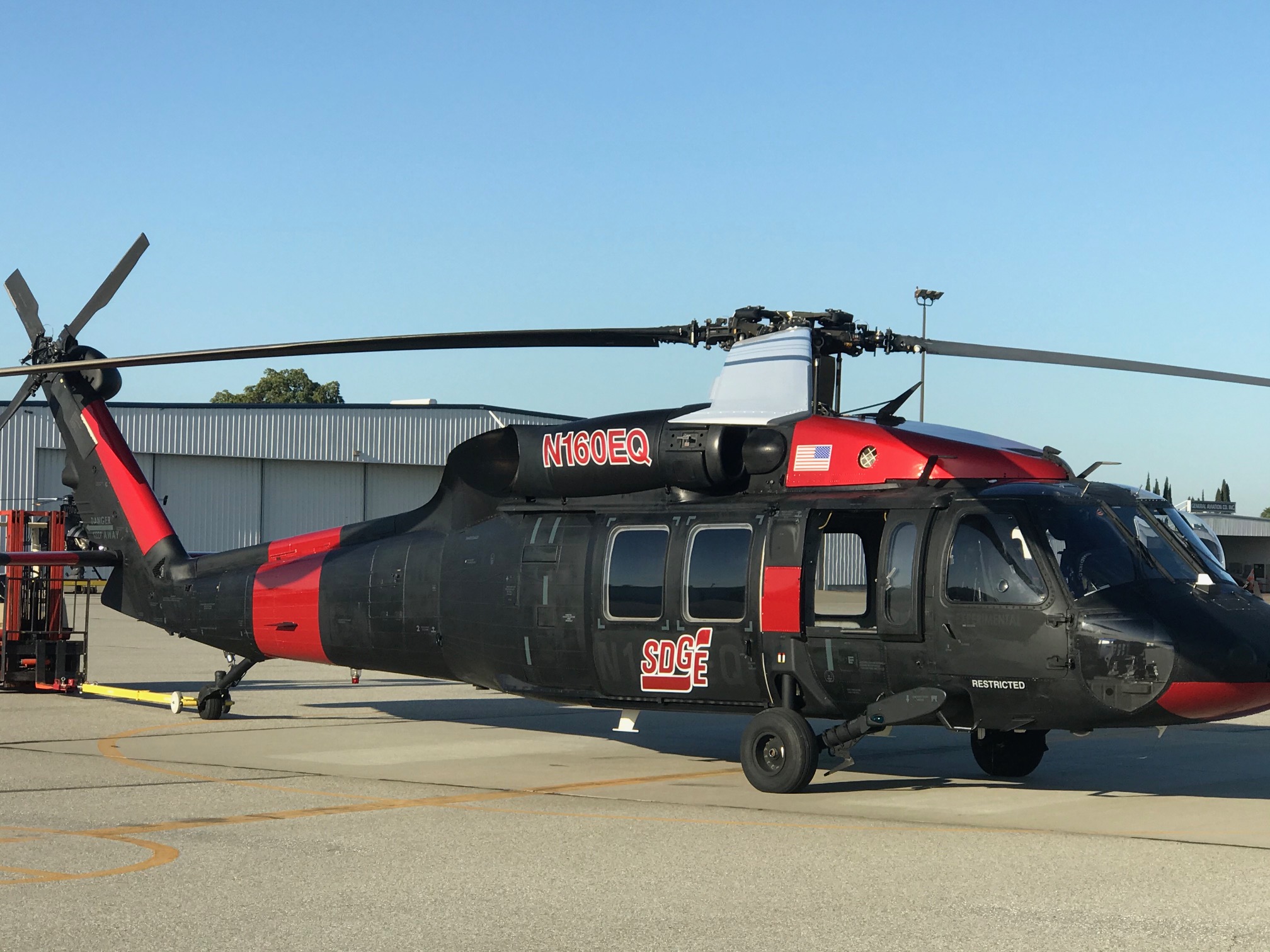Exploring the Intricacies of the UH60: From Crucial Parts to Practical Uses
The UH60, a stalwart in the world of rotary-wing airplane, holds a complex tapestry of elements and capabilities that extend much beyond its smooth outside. From the internal functions of its engine and rotor systems to the intricacies of its avionics and navigation attributes, every part plays an essential duty in its smooth operation. However, what genuinely sets the UH60 apart is not simply its mechanical expertise however its diverse variety of practical applications, varying from crucial functions in military operations to innovative uses in private setups. As we peel back the layers of this versatile aircraft, a much deeper understanding of its relevance in both military and noncombatant rounds emerges, shedding light on the complex nature of the UH60.
Secret Elements of the UH60
At the heart of the UH60 lies its main blades system, an important component that provides lift and security during flight. Consisting of a major rotor head, blades, and a swashplate mechanism, this system permits the UH60 to navigate promptly and efficiently in numerous problems. The UH60's transmission system plays an essential duty in transferring power from the engines to the blades, allowing controlled movement and elevation adjustments.
Engine and Blades Systems
The integration of sophisticated engine and rotor systems is essential in boosting the operational effectiveness and performance of the UH60 airplane. The sophisticated rotor system of the UH60 consists of a four-bladed primary blades and a four-bladed tail rotor, working in tandem to offer security, control, and lift. The assimilation of these engine and blades systems allows the UH60 to stand out in a large array of objectives, including troop transport, clinical evacuation, and search and rescue operations.
Avionics and Navigation Attributes

With the assimilation of innovative engine and blades systems boosting the UH60's functional effectiveness and efficiency, the avionics and navigating functions further contribute to its abilities in diverse mission circumstances. The UH60 is furnished with a sophisticated avionics suite that consists of electronic screens, interaction systems, navigating help, and mission-specific devices. These avionics systems offer the staff with real-time data on the airplane's efficiency, place, and goal parameters, enabling accurate control and situational recognition.
The UH60's navigating features are critical for efficient and safe procedure in various settings. It is geared up with general practitioner navigation systems, inertial navigation systems, and progressed autopilot capacities. These systems allow the airplane to navigate properly, even in tough weather or low-visibility atmospheres. Additionally, more the UH60's avionics and navigation click over here now attributes are designed to effortlessly integrate with other goal systems, such as weapons targeting systems, sensing units, and interaction networks, improving the aircraft's general goal effectiveness. To conclude, the UH60's advanced avionics and navigation attributes play an important function in guaranteeing goal success and crew security.
Energy in Armed Force Procedures
In military operations, the UH60 showcases exceptional adaptability and calculated value. As a complex energy helicopter, the UH60 plays a vital duty in various armed forces objectives. Its capability to carry troops, equipment, and materials quickly and efficiently to diverse areas improves functional readiness. The UH60's versatility reaches clinical evacuation goals, where its large cabin fits medical personnel and devices, allowing timely and life-saving emptying of hurt workers from the battleground.

Private Citizen Advantages and applications

Furthermore, the UH60 works as a functional device for firefighting procedures, geared up to carry big quantities of water for airborne firefighting initiatives. This capacity dramatically enhances the performance and efficiency of firefighting teams in combating wildfires and other emergencies. In addition, in the realm of framework upkeep and construction, the UH60's heavy-lift abilities are instrumental in carrying products to remote or hard to reach locations.

Conclusion
To conclude, the UH60 helicopter is a functional and crucial aircraft with key components such as engine and rotor systems, avionics, and navigating attributes. Its utility in army operations and civilian applications make it a beneficial asset for various jobs. Recognizing the complexities of the UH60 is crucial for optimizing its capabilities and guaranteeing its effective usage in different scenarios.
The advanced rotor system of the UH60 consists of a four-bladed major blades and a four-bladed tail rotor, functioning in tandem to give control, lift, and security. The integration of these engine and rotor systems allows the UH60 to stand out in a broad range of objectives, consisting of army transport, medical evacuation, and search and rescue operations.With the integration of innovative engine and rotor systems improving the UH60's operational effectiveness and performance, the avionics and navigation functions more contribute to its capabilities in varied mission situations. Additionally, the UH60's avionics and navigating functions are developed to seamlessly integrate with various other objective systems, such as tools targeting systems, sensing units, and communication networks, enhancing the aircraft's overall mission performance.In conclusion, the UH60 helicopter is a important and functional airplane with vital parts such as engine and rotor systems, avionics, and navigating attributes.
Comments on “Inside the UH 60: Discovering the Innovation Behind the Black Hawk”